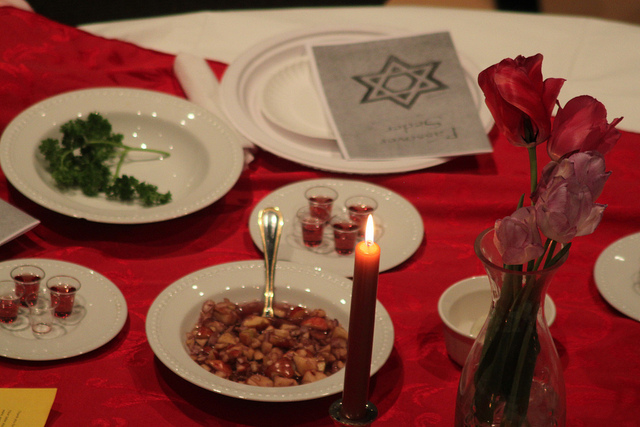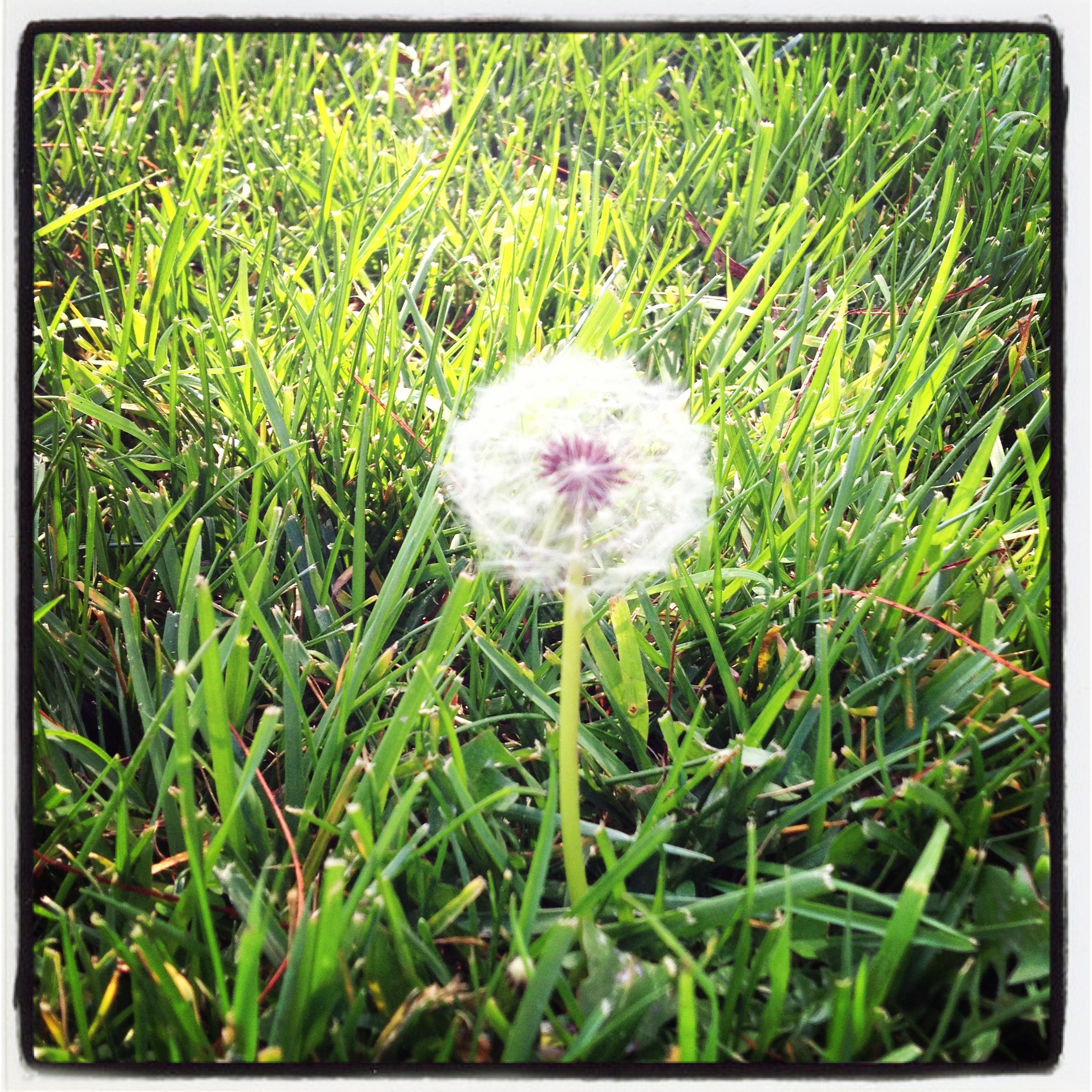
Celebrating the Meaning of Passover
The Meaning of Passover:
Every year we gather as a family and people to retell the story of Passover. The Jewish people were slaves in Egypt. The Pharaohs used the Jews as slave labor to build the pyramids. Their quest for eventual freedom began when the Pharaoh Rames was told by an astrologer that the the Jews would revolt against his rule. He then declared that all Jewish baby boys were to be killed.
A Jewish mother, Miriam, and her daughter decided to hide their new born boy to spare his life. He was placed in a basket, and put him in the river where he was found by the Pharaohs’s daughter. She adopted him and raised him as her own. She named him Moses. Moses grew up in this royal household and witnessed the suffering of the slaves. Late in life he discovered that he was a Jew. He believed that god had spoken to him and told him to free his people. Moses first asked the Pharaoh for his people’s freedom and when the Pharaoh refused, brought down 10 plagues upon Egypt. The Jews left Egypt in what is now called the Exodus.
We retell this story with special ceremony and with special foods to remind us of the message of freedom, not just for the Jews but for all those who are oppressed.
The Passover Seder Plate (ke’ara)
The Passover Seder Plate (ke’ara) is a special plate containing six symbolic foods used during the Passover Seder. Each of the six items arranged on the plate have special significance to the retelling of the story of the Exodus from Egypt. The seventh symbolic item used during the meal—a stack of three matzot—is placed on its own plate on the Seder table.
The six items on the Seder Plate are:
- Maror and Chazeret: Two types of bitter herbs, symbolizing the bitterness and harshness of the slavery which the Jews endured in Ancient Egypt. For maror, many people use freshly grated horseradish or whole horseradish root. Chazeret is typically romaine lettuce, whose roots are bitter-tasting. Either the horseradish or romaine lettuce may be eaten in fulfillment of the mitzvah of eating bitter herbs during the Seder.
- Charoset: A sweet, brown, pebbly paste of fruits and nuts, representing the mortar used by the Jewish slaves to build the storehouses of Egypt. This is my granddaughters favorite part of the meal.
- Karpas: A vegetable other than bitter herbs, usually parsley but sometimes something such as celery or cooked potato, which is dipped into salt water (Ashkenazi custom), vinegar (Sephardi custom), or charoset (older custom, still common amongst Yemenite Jews) at the beginning of the Seder.
- Zeroa: A roasted lamb or goat bone, symbolizing the korban Pesach (Pesach sacrifice), which was a lamb offered in the Temple in Jerusalem and was then roasted and eaten as part of the meal on Seder night.
- Beitzah: A hard-boiled egg, symbolizing the korban chagigah (festival sacrifice) that was offered in the Temple in Jerusalem and was then eaten as part of the meal on Seder night. (source: Wikipedia).
Passover is one of my favorite holidays and I enjoy sharing the traditions of this holiday with my blended family.
About the Author:
My name is Andrea Klein. I am the mother-in-law to the extraordinary woman who created Dandilion Moms and grandmother (my favorite role) to a very adorable little red head. I was born in southern California. My mother was a librarian in the Los Angeles City Library system and I also worked fo the library. I owe my love of reading and books to my mother and I will always be grateful.
References: https://en.wikipedia.org/wiki/Passover_Seder
Photo courtesy of Flickr: https://www.flickr.com/photos/44815309@N07/5651135821/sizes/z/in/photostream/




